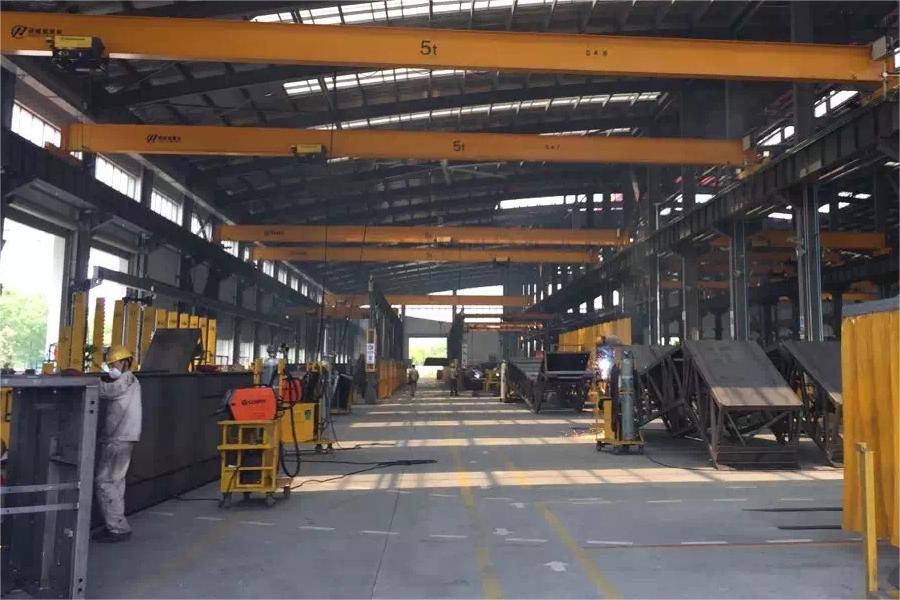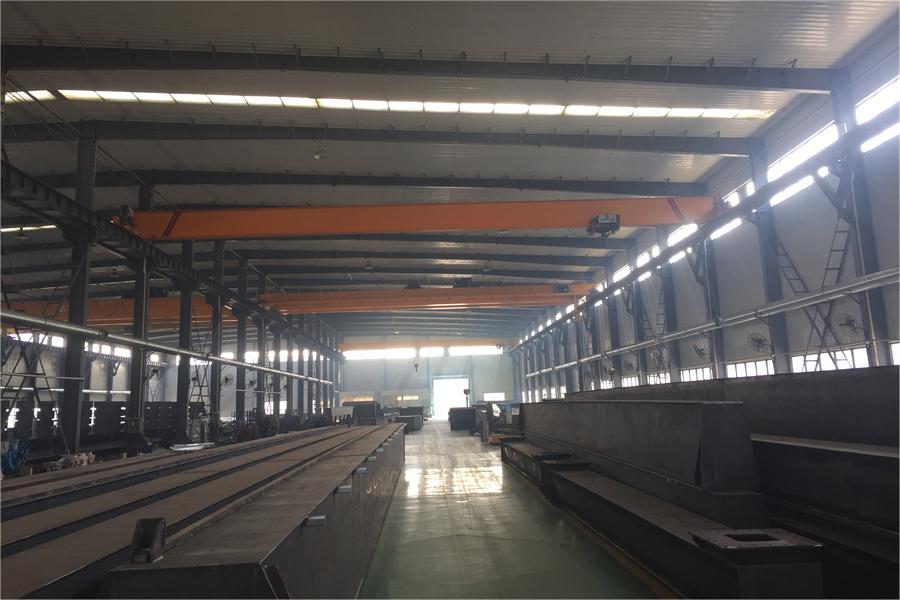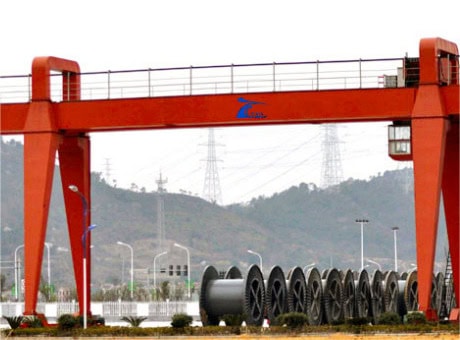Top running cranes have fixed tracks or a rail system mounted on top of each track beam, allowing the end truck to carry the bridge and crane along the top of the track system. Top running cranes can be configured as single or double girder bridge designs. Single girder bridges use an underslung trolley and crane, while double girder designs typically use a top running trolley and crane.
Top running single girder cranes have no capacity restrictions, which means they can be used to handle small or large capacity loads. It has the advantage of higher capacity lifting and allows for higher lifting heights and more overhead space. These types of bridge cranes are supported by the building structure or track support columns and are ideal for moving extremely heavy loads.

Top running single girder cranes are useful for applications that require lifting and transferring very heavy loads. If your application requires you to lift loads of 20 tons or more, it makes sense to use a top running system. They are designed for heavy lifting, not ease of use and flexibility.
Heavy duty top running overhead cranes provide additional lifting height for buildings with limited headroom because they travel on tracks on top of the track beams. The top running double girder bridge design allows for the greatest lifting heights because the hoist and trolley run on top of both bridges or beams – adding 3 to 6 feet of additional hook height.
Heavy duty top running overhead cranes are typically larger than underhung cranes because they can be built with higher capacities and can accommodate larger spans.
Since the crane is supported by rails on top of the track beams, there is no suspended load factor, making installation and future repairs or maintenance easier and less time-consuming than with an underhung crane.
Over its service life, the rails or track systems that a bridge moves on may require more frequent inspections for alignment or tracking issues than a bottom running crane. Fortunately, top running crane repairs and alignment checks are fairly easy to perform and require less downtime than with an underhung crane.






















